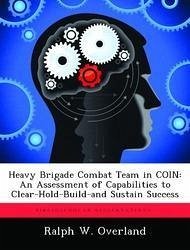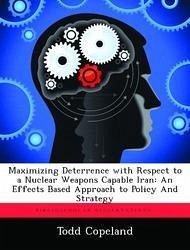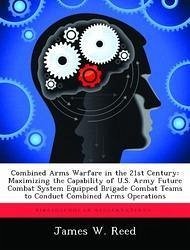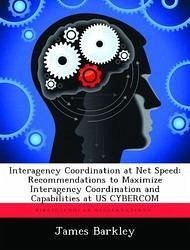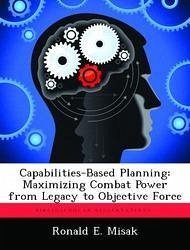
Capabilities-Based Planning: Maximizing Combat Power from Legacy to Objective Force
Versandkostenfrei!
Versandfertig in über 4 Wochen
52,99 €
inkl. MwSt.

PAYBACK Punkte
26 °P sammeln!
In 1999 GEN Eric Shinseki, Army Chief of Staff, initiated the Army Transformation program attempting to both enhance the timeliness of employment for ground forces and to leverage technology to maintain our ground dominance.. The first phase of the transformation consists of fielding initial brigade combat teams (IBCTs) at Fort Lewis, Washington. These IBCTs will develop the operational and organizational model for follow-on brigades using readily available equipment. The second phase consists of fielding an interim division (IDIV) using a yet-to-be-determined interim armored vehicle (IAV). Th...
In 1999 GEN Eric Shinseki, Army Chief of Staff, initiated the Army Transformation program attempting to both enhance the timeliness of employment for ground forces and to leverage technology to maintain our ground dominance.. The first phase of the transformation consists of fielding initial brigade combat teams (IBCTs) at Fort Lewis, Washington. These IBCTs will develop the operational and organizational model for follow-on brigades using readily available equipment. The second phase consists of fielding an interim division (IDIV) using a yet-to-be-determined interim armored vehicle (IAV). The third phase consists of the total transformation to the Objective Force. The Objective Force requirement is to have a combat brigade on the ground within 96 hours after liftoff, a division within 120 hours, and five divisions within 30 days. Sometime around the year 2003, the Army can expect to have a mixture of legacy forces such as the 4th Infantry Division (Mechanized) and interim forces including the IBCT and IDIV. Each of these forces will have unique capabilities and employment requirements to maximize its use. The challenge for the Army will be to develop missions and orders that maximize the combat power of each type of unit. The monograph determines if current U.S. Army planning doctrine develops courses of action that fully utilize the capabilities of Army forces from legacy to interim forces to maximize combat power as outlined in FM 3-0, Operations.. The 4th Infantry Division (Mechanized) and a mechanized brigade from the division are used to represent legacy forces. The IBCT and proposed structure for the IDIV are evaluated to represent interim forces. Each force is analyzed to determine its numerical relative force ratio and its critical capabilities, requirements, and vulnerabilities developed using a model put forth by Dr. Joe Strange of the Marine Corps University. The Military Decision-Making Process from FM 101-5, Staff Organization and Operations is exami





